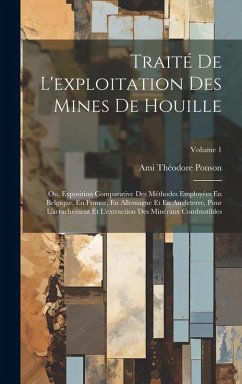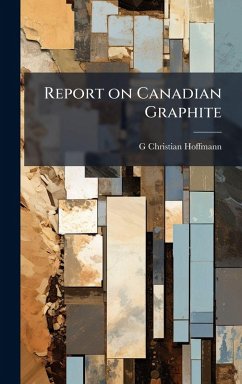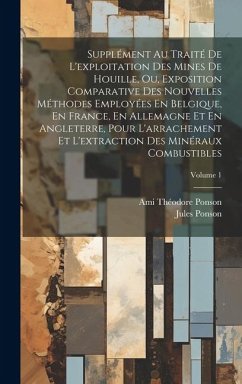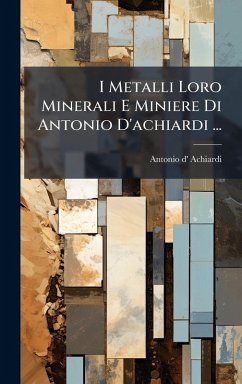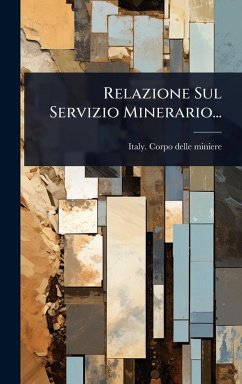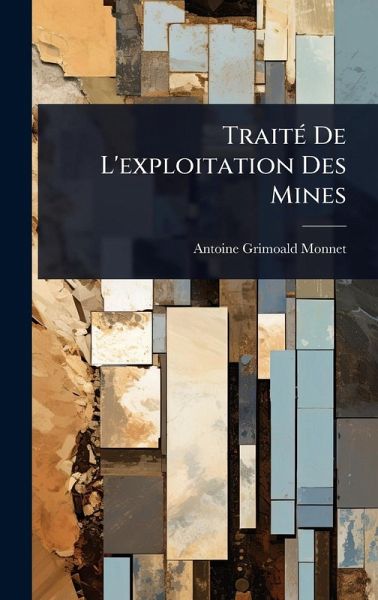
TraitÃ(c) De L'exploitation Des Mines
Versandkostenfrei!
Versandfertig in über 4 Wochen
36,99 €
inkl. MwSt.
Weitere Ausgaben:

PAYBACK Punkte
18 °P sammeln!
TraitÃ(c) De L'exploitation Des Mines by Antoine Grimoald Monnet, is a detailed treatise on the art and science of mining. Written in French, this comprehensive work delves into various aspects of mine operation, describing mine locations, the techniques of cutting rock, and the composition of veins. It further explains the construction of wells and galleries, methods for providing air to underground spaces, techniques for draining water, and procedures for lifting rocks and other materials. This historical text offers valuable insights into 18th-century mining practices, providing a fascinat...
TraitÃ(c) De L'exploitation Des Mines by Antoine Grimoald Monnet, is a detailed treatise on the art and science of mining. Written in French, this comprehensive work delves into various aspects of mine operation, describing mine locations, the techniques of cutting rock, and the composition of veins. It further explains the construction of wells and galleries, methods for providing air to underground spaces, techniques for draining water, and procedures for lifting rocks and other materials. This historical text offers valuable insights into 18th-century mining practices, providing a fascinating glimpse into the challenges and innovations of the era. It is an essential resource for historians of technology, mineralogy enthusiasts, and anyone interested in the historical development of mining. This work has been selected by scholars as being culturally important, and is part of the knowledge base of civilization as we know it. This work was reproduced from the original artifact, and remains as true to the original work as possible. Therefore, you will see the original copyright references, library stamps (as most of these works have been housed in our most important libraries around the world), and other notations in the work. This work is in the public domain in the United States of America, and possibly other nations. Within the United States, you may freely copy and distribute this work, as no entity (individual or corporate) has a copyright on the body of the work. As a reproduction of a historical artifact, this work may contain missing or blurred pages, poor pictures, errant marks, etc. Scholars believe, and we concur, that this work is important enough to be preserved, reproduced, and made generally available to the public. We appreciate your support of the preservation process, and thank you for being an important part of keeping this knowledge alive and relevant.



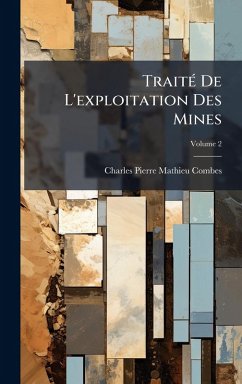
![Prospecting, Locating and Valuing Mines [With Plates] Cover Prospecting, Locating and Valuing Mines [With Plates]](https://bilder.buecher.de/produkte/75/75245/75245081n.jpg)

